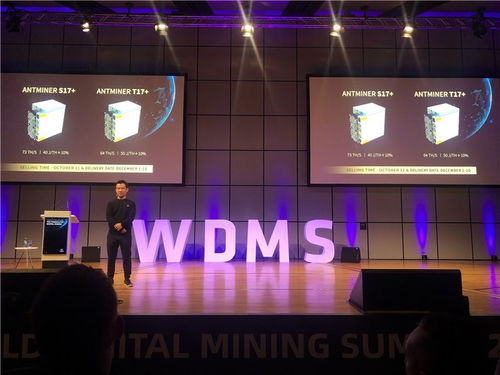In the ever-evolving world of cryptocurrencies, miners are the backbone of the blockchain ecosystem, validating transactions and earning rewards in the form of digital currency. As we approach 2025, understanding the Return on Investment (ROI) associated with mining machines and their hosted counterparts becomes pivotal for stakeholders. This article delves into proven methods for estimating hosted earnings and the nuances that influence profitability.

At the core of mining profitability lies the hardware—the mining machines themselves. Different cryptocurrencies exhibit varying levels of mining difficulty, energy consumption, and reward structure. For instance, Bitcoin (BTC) requires superior computational power, thus demanding a more robust investment in high-performance mining rigs. Conversely, other cryptocurrencies like Dogecoin (DOG) and Ethereum (ETH), while still requiring considerable resources, can offer alternative routes to profitability with less intense equipment.
To truly gauge ROI, one must factor in both the initial costs of the mining machines and the operational expenses, especially energy consumption. Hosting services have surfaced as a popular alternative for those wishing to mine without the overhead of running machines at home. These services typically charge a fee based on power consumption, maintenance, and sometimes even on the realized profits, allowing miners to focus on generating returns rather than managing equipment.

When estimating hosted earnings, miners should consider the following methodologies. One approach involves calculating the expected earnings based on current network hash rates. This involves analyzing the difficulty adjustment mechanism of the cryptocurrency in question. By leveraging data from credible mining pools and exchanges, miners can obtain real-time figures that predict potential earnings more accurately.
Another effective method is utilizing profitability calculators, which allow users to input variables such as hash rate, power consumption, electricity costs, and pool fees. These calculators can provide instant feedback on the prospective earnings from mining various cryptocurrencies, be it Bitcoin, Ethereum, or more niche tokens such as Dogecoin. However, the accuracy of these calculators hinges on constant updates to reflect market shifts and changes in mining difficulty.
The impact of market conditions on ROI cannot be overstated. Cryptocurrency markets are often volatile, with prices fluctuating dramatically within short periods. Miners must be agile, adapting to these changes to maximize their returns. For example, a spike in Bitcoin’s price could significantly increase the profitability of a mining operation, making previously uneconomical setups suddenly viable.

Moreover, the choice between mining full nodes or participating in pools is integral to determining ROI. While solo mining can be rewarding during periods of favorable network conditions, pooled mining often yields more consistent returns, albeit sharing the profits with other miners. This choice drastically impacts the total earnings and should align with the miner’s risk tolerance and financial goals.
As we project into 2025, advancements in mining technology also promise to bolster ROI figures. The introduction of more efficient chips and innovative cooling solutions can drastically reduce electricity costs—one of the primary factors affecting mining profitability. Additionally, witnessing developments in renewable energy sources tailored for mining operations may open new frontiers, leading to enhanced environmental sustainability alongside profitability.
Finally, another significant consideration for potential miners is the regulatory landscape. Governments across the globe are beginning to address cryptocurrency mining, with varying degrees of acceptance. Mining operations must stay abreast of regulatory changes that may impose taxes, licensing requirements, or even restrictions on mining equipment. Understanding these regulations is essential to ensuring sustained profitability.

In summary, evaluating the ROI of mining machines, particularly those hosted, involves a multifaceted approach that taps into advancements in technology, market dynamics, and personal operational strategies. By leveraging available tools, analyzing variables intelligently, and adapting to ever-changing conditions, miners can strategically position themselves to maximize their earnings and thrive in the exciting journey of cryptocurrency mining through 2025 and beyond.
Leave a Reply to raFAel Cancel reply